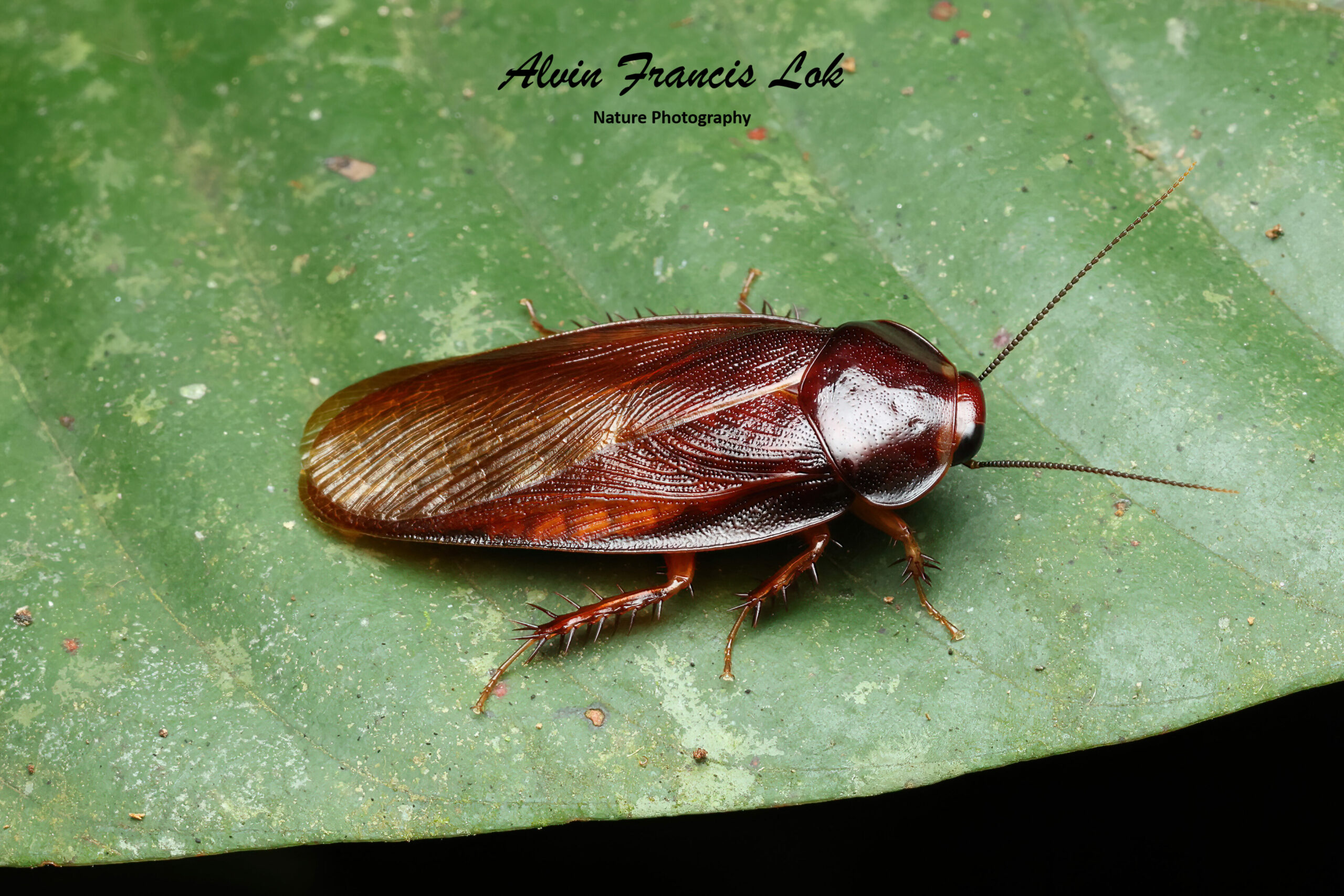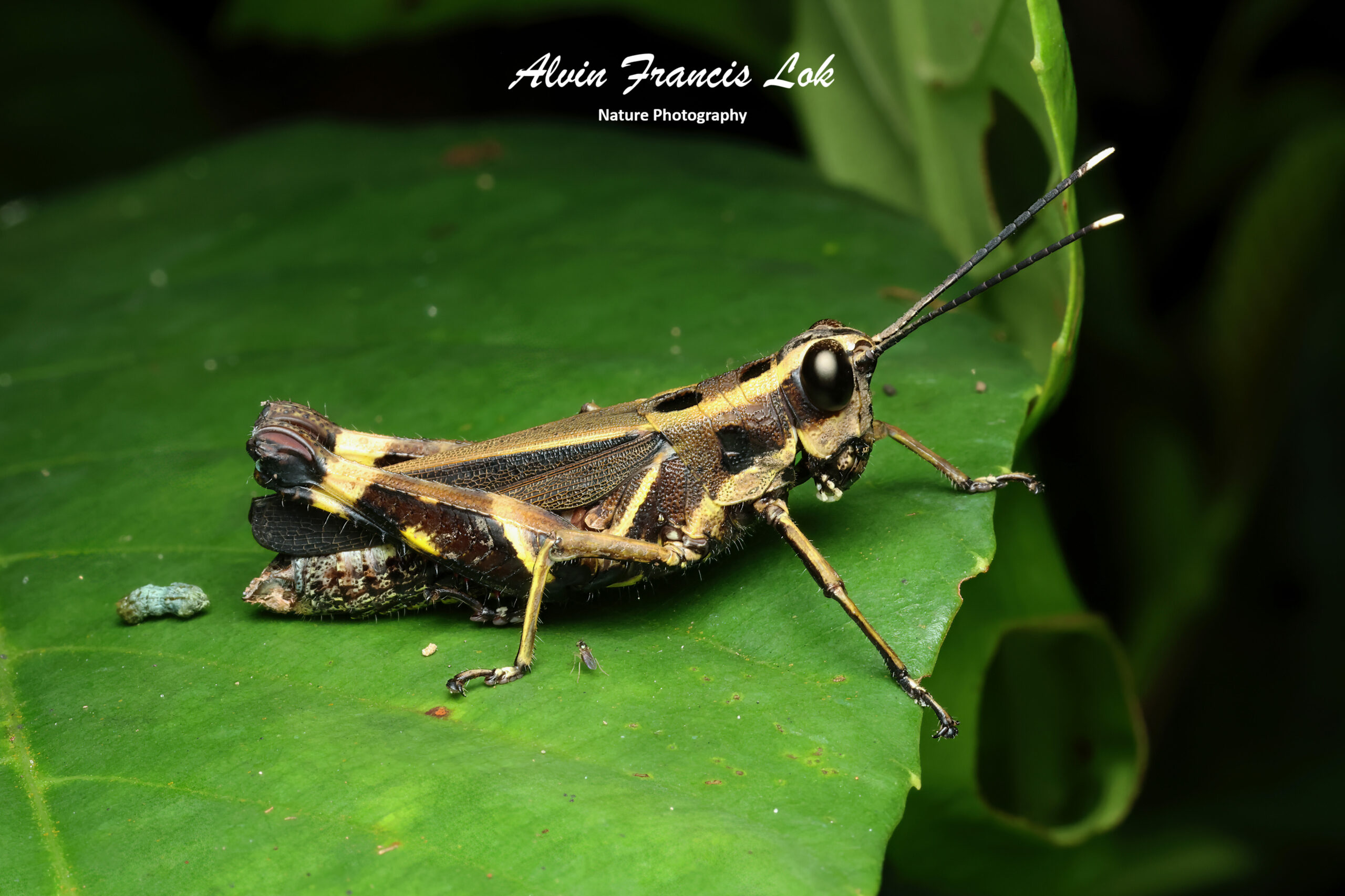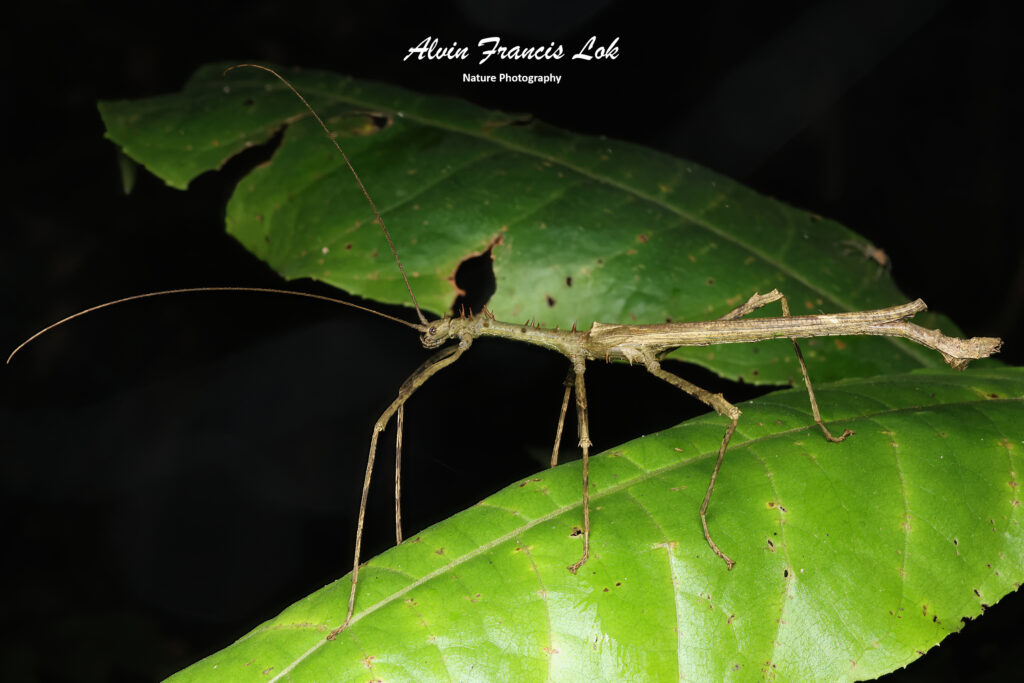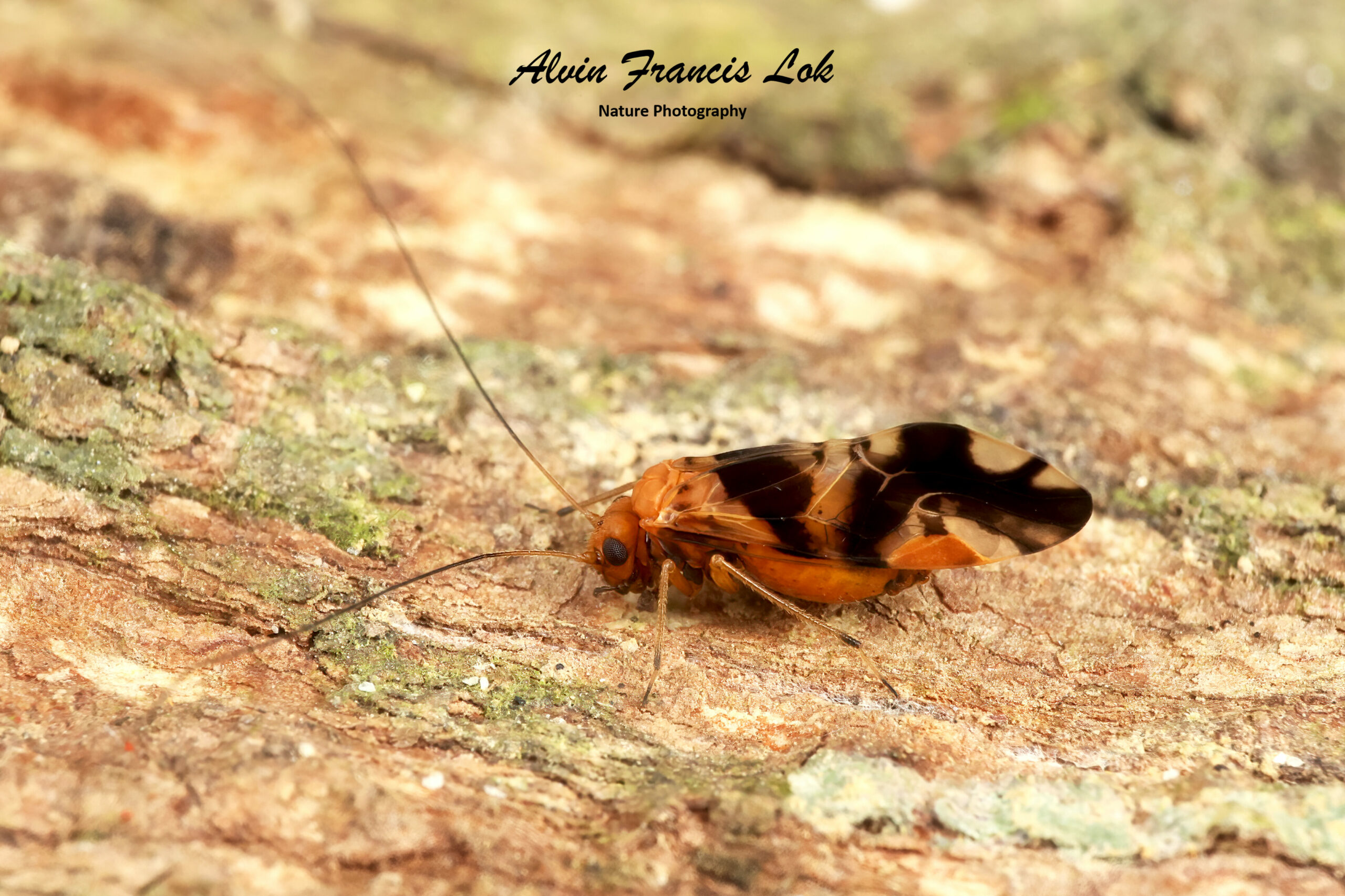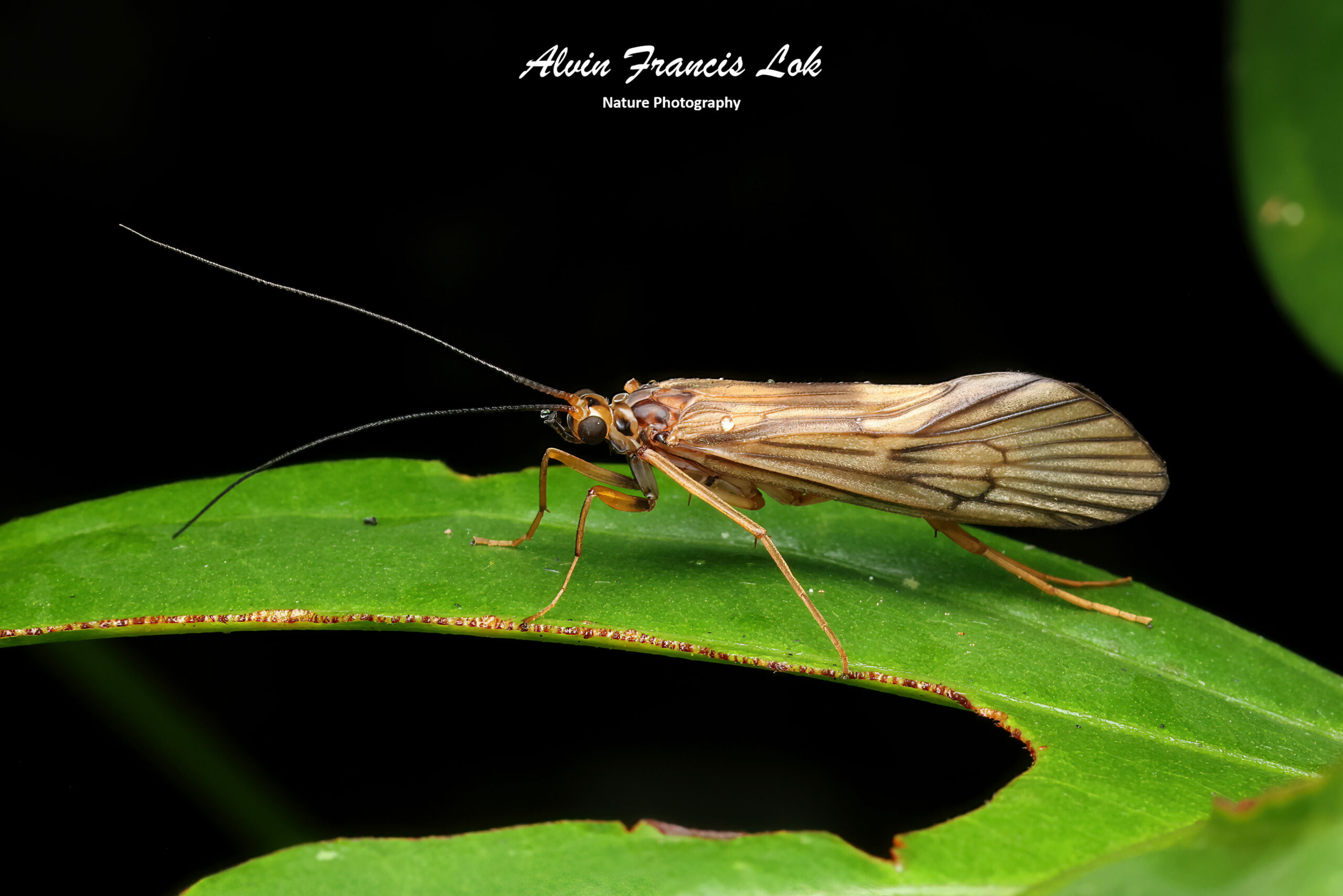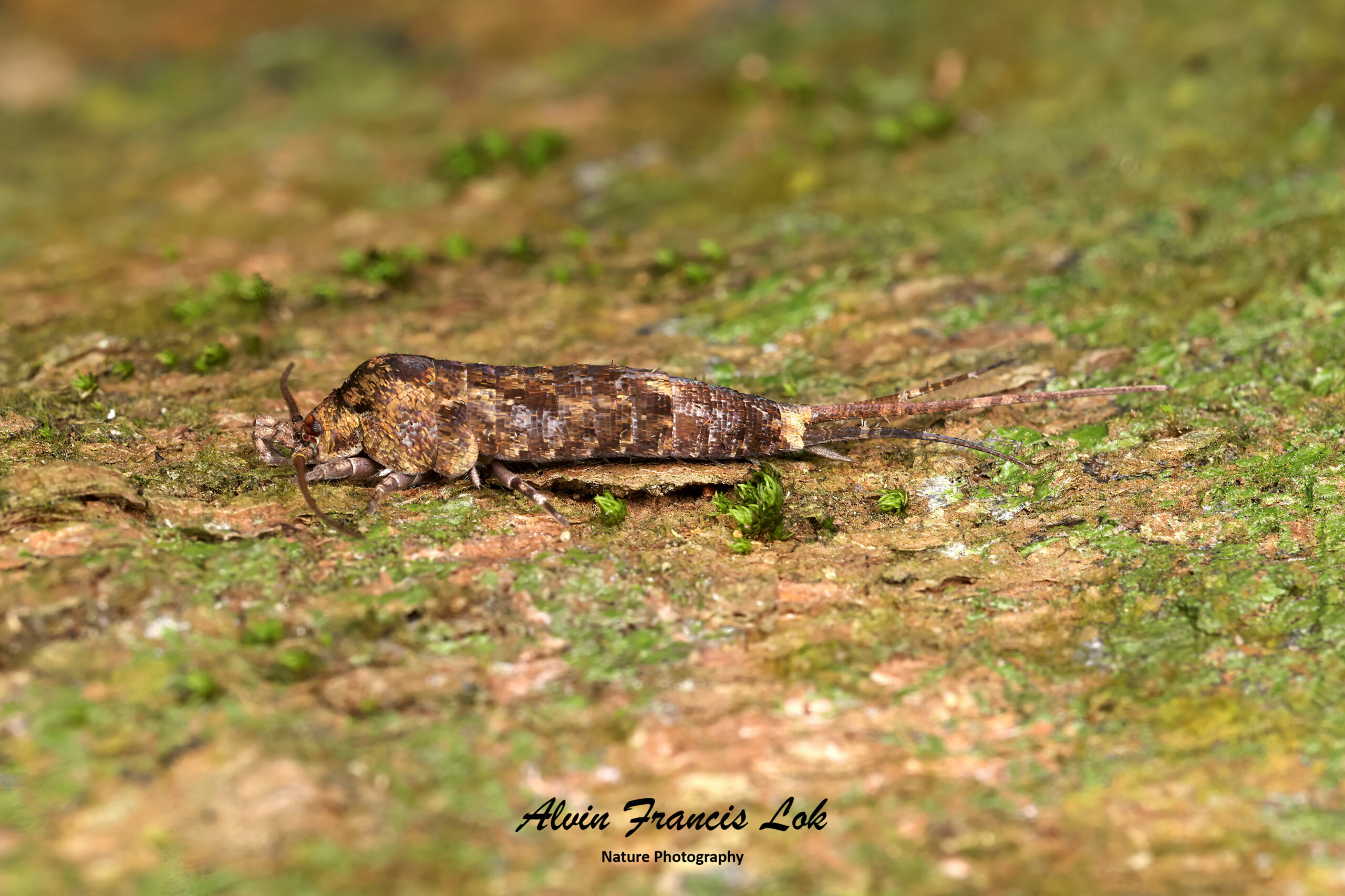Insects (class Insecta) are the largest group arthropods. They have a chitinous exoskeleton, a three-part body (head, thorax and abdomen), three pairs of jointed legs, compound eyes and one pair of antennae. Their blood is not totally contained in vessels; some circulates in an open cavity known as the haemocoel. Insects are the most diverse animal group on earth and contain more than a million described species and are estimated at a staggering 6 to 10 million species potentially accounting for over 90% of the animal life on Earth.
Nearly all insects hatch from eggs. Since insect growth is limited by the inelastic exoskeleton, growth involves a series of molts. The immature stages often differ from the adults in structure, habit and habitat, and can include a usually immobile pupal stage in those groups that undergo four-stage metamorphosis. Insects that undergo three-stage metamorphosis lack a pupal stage and adults develop through a series of nymphal stages.
Adult insects typically move about by walking, flying, and sometimes swimming. Many insects adopt a tripedal gait, in which they walk with their legs touching the ground in alternating triangles, composed of the front and rear on one side with the middle on the other side. Insects are the only invertebrate group with members able to achieve sustained powered flight. Many insects spend at least part of their lives under water, with larval adaptations that include gills, while others remain aquatic even when they are adult and have adaptations for swimming and breathing. Some insects like water striders, are capable of walking on the surface of water.
Insects are mostly solitary, but some members of Hymenoptera such as bees, ants and wasp as well as termites, have complex social lives, living in large colonies. Other insects, such as earwigs, show maternal care, guarding their eggs and young. Insects can communicate with each other in a variety of ways. Male moths use their well form antennae to sense the pheromones from females over great distances. Other species such as crickets communicate using sound by rubbing their wings together, to attract a mate and to repel other males, while others such as Lampyrid beetles communicate with light.
Insects can feed on plant sap, leaves, fruits, or wood while others are parasitic. Because of these modes of nutrition, they are inadvertently pests to humans and their crops and also spread disease. While some species have negative impact on humans, many species provide a positive service to the environment and to humans, such as carrion beetles that help in carion decomposition and also as pollinators of wild or cultivated plants. Insects are consumed as food in 80% of the world’s nations, by people of over 3000 ethnic groups.
